Risk Analysis On a Full Stomach
By: Craig Schurr
Publication: The Community Banker, Winter 2015
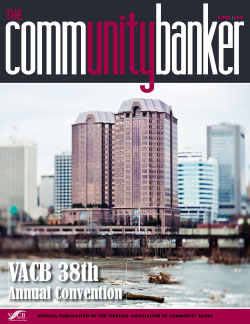 Buried in David Hitz' book How to Castrate a Bull: Unexpected Lessons on Risk, Growth and Success in Business is a short interlude that illustrates the problem with using news headlines to drive risk analysis processes. Just because something is in the news does not mean that is it a big risk; it simply means that it is out of the ordinary and has been deemed "newsworthy". Conversely, something that doesn't make the news might be a significant security risk. The point being, we shouldn't rely on news headlines to drive risk analysis.
Buried in David Hitz' book How to Castrate a Bull: Unexpected Lessons on Risk, Growth and Success in Business is a short interlude that illustrates the problem with using news headlines to drive risk analysis processes. Just because something is in the news does not mean that is it a big risk; it simply means that it is out of the ordinary and has been deemed "newsworthy". Conversely, something that doesn't make the news might be a significant security risk. The point being, we shouldn't rely on news headlines to drive risk analysis.

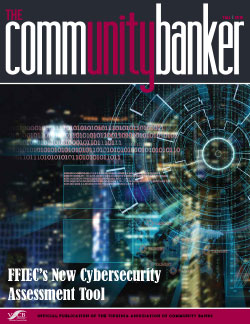 On June 30, 2015, the FFIEC released a new Cybersecurity Assessment Tool. The tool is designed to help financial institutions, such as banks and credit unions, identify their inherent cybersecurity risk and assess their cybersecurity preparedness. The release of the tool comes on the cusp of last year's pilot assessment on cybersecurity preparedness at more than 500 financial institutions.
On June 30, 2015, the FFIEC released a new Cybersecurity Assessment Tool. The tool is designed to help financial institutions, such as banks and credit unions, identify their inherent cybersecurity risk and assess their cybersecurity preparedness. The release of the tool comes on the cusp of last year's pilot assessment on cybersecurity preparedness at more than 500 financial institutions.  back to the United States government, as the term originated about the time our federal government started to acknowledge the infiltration of foreign adversaries into government networks, and when several major U.S. corporations were hit with "low and slow" style attacks. The break in at RSA in 2011, was one of the first highly publicized hacks that referred to APT as the means. Once out of the bag, security product vendors picked up on the term APT to coax customers into reactionary purchases to help defend against the new threat.
back to the United States government, as the term originated about the time our federal government started to acknowledge the infiltration of foreign adversaries into government networks, and when several major U.S. corporations were hit with "low and slow" style attacks. The break in at RSA in 2011, was one of the first highly publicized hacks that referred to APT as the means. Once out of the bag, security product vendors picked up on the term APT to coax customers into reactionary purchases to help defend against the new threat.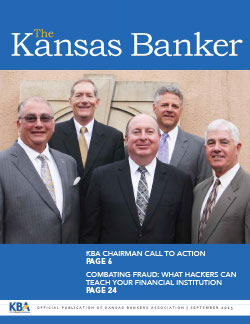 es and board members are not only involved in the cybersecurity program, they are responsible for it. Below are four questions that board members and executives should consider.
es and board members are not only involved in the cybersecurity program, they are responsible for it. Below are four questions that board members and executives should consider.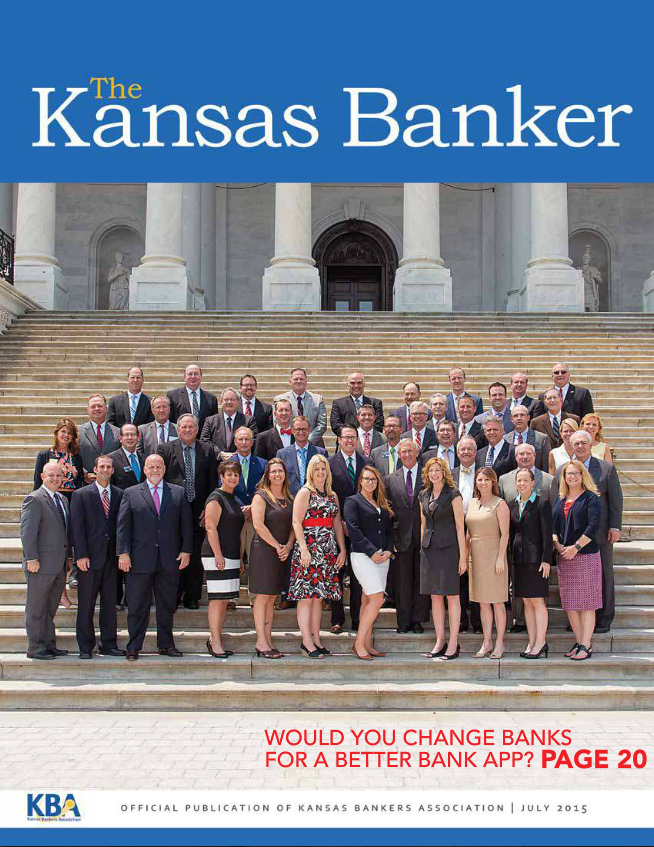 "I don't want to work on this. I think it is a waste of time." These were the opening lines from a department manager as we met to work on details of the Business Impact Analysis (BIA) I was helping to develop for a Business Continuity Plan (BCP). Next came, "If something bad happens you have to be smart and figure out how to fix it rather than try to look it up in some big book." I was surprised. This "negative brick wall" was coming from a top employee—good attitude, highly competent, and an excellent work ethic.
"I don't want to work on this. I think it is a waste of time." These were the opening lines from a department manager as we met to work on details of the Business Impact Analysis (BIA) I was helping to develop for a Business Continuity Plan (BCP). Next came, "If something bad happens you have to be smart and figure out how to fix it rather than try to look it up in some big book." I was surprised. This "negative brick wall" was coming from a top employee—good attitude, highly competent, and an excellent work ethic. When was the last time your kitchen was filled with smoke? Burned toast? Food spills burned in the oven? Sauté resulted in a burnt offering? Whenever it was, after any fire danger was over, you probably started opening windows and doors to clear the smoke.
When was the last time your kitchen was filled with smoke? Burned toast? Food spills burned in the oven? Sauté resulted in a burnt offering? Whenever it was, after any fire danger was over, you probably started opening windows and doors to clear the smoke.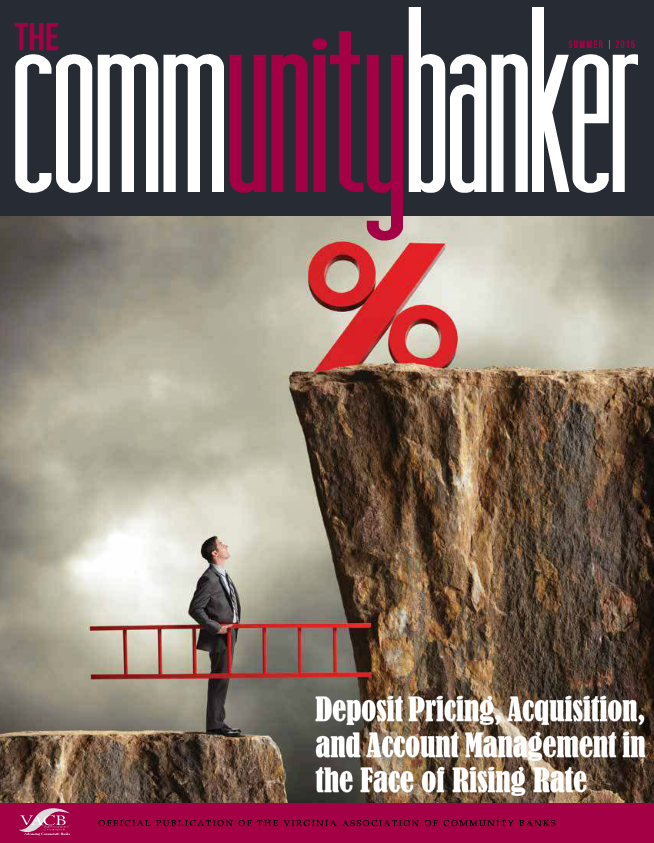
 February saw a new appendix added to the FFIEC's Business Continuity Planning (BCP) HandBook. Appendix J: Strengthening the Resilience of Outsourced Technology Services marries two areas of information security that banks have been working on for years – vendor management and business continuity. As cloud computing and the outsourcing of technology services become more and more common, banks are depending on vendors for extremely critical aspects of business. Creating a BCP with recovery expectations without considering a vendor's (or multiple vendors') restoration abilities would be bad planning on the bank's part and could result in unhappy surprises should a disaster or business interruption occur.
February saw a new appendix added to the FFIEC's Business Continuity Planning (BCP) HandBook. Appendix J: Strengthening the Resilience of Outsourced Technology Services marries two areas of information security that banks have been working on for years – vendor management and business continuity. As cloud computing and the outsourcing of technology services become more and more common, banks are depending on vendors for extremely critical aspects of business. Creating a BCP with recovery expectations without considering a vendor's (or multiple vendors') restoration abilities would be bad planning on the bank's part and could result in unhappy surprises should a disaster or business interruption occur.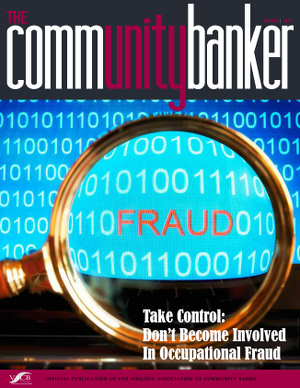 Do you know who governs the Internet? Someone has to do it. Thanks to ICANN, the Internet maintains an appropriate level of organization and structure, while still being a place of intellectual freedom. ICANN is the Internet Corporation for Assigned Names and Numbers. ICANN is an oversight body that ensures unification of the Internet in many ways, namely, policy development for existing and new generic top-level domains (gTLDs).
Do you know who governs the Internet? Someone has to do it. Thanks to ICANN, the Internet maintains an appropriate level of organization and structure, while still being a place of intellectual freedom. ICANN is the Internet Corporation for Assigned Names and Numbers. ICANN is an oversight body that ensures unification of the Internet in many ways, namely, policy development for existing and new generic top-level domains (gTLDs). The news over the last several years has been filled with data compromises at a number of high profile American companies, including a few banks. A number of these compromises were due to cyber attackers using malware to gain a foothold on a machine on the internal network, then using that machine as an observation point to further learn about and exploit the systems housing sensitive data. And, as we've learned, the malware we don't know about is the most dangerous kind. This trend puts signature based antivirus products at a disadvantage, since they are primarily designed to detect known malware.
The news over the last several years has been filled with data compromises at a number of high profile American companies, including a few banks. A number of these compromises were due to cyber attackers using malware to gain a foothold on a machine on the internal network, then using that machine as an observation point to further learn about and exploit the systems housing sensitive data. And, as we've learned, the malware we don't know about is the most dangerous kind. This trend puts signature based antivirus products at a disadvantage, since they are primarily designed to detect known malware.